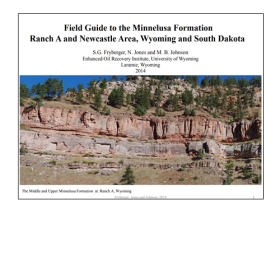
Eolian petroleum reservoirs are found worldwide, many having high-volume production of both oil and gas. As with any geological rock unit, each oil/gas field has production characteristics peculiar to its geological history. However, certain common factors link most eolian reservoirs. Cross-stratification due to bedform migration can influence sweep direction and efficiency. The various kinds of primary eolian strata have different poroperm characteristics. Moreover, stacking of sand seas or bedforms through geological time can create distinctive reservoir flow units in the subsurface. Tectonic activity, especially faults, may create shear zones with reduced poroperm, or partition a reservoir into structurally defined flow units. Faults may also create high-permeability zones that allow water breakthrough. Eolian reservoirs are commonly thought of as clean, and rather simple. However, in some places they are complex in terms grain composition or texture. They are commonly cemented by carbonates, anhydrites or salt, which sets up fabricselective or non-fabric selective patterns of secondary porosity in reservoirs.